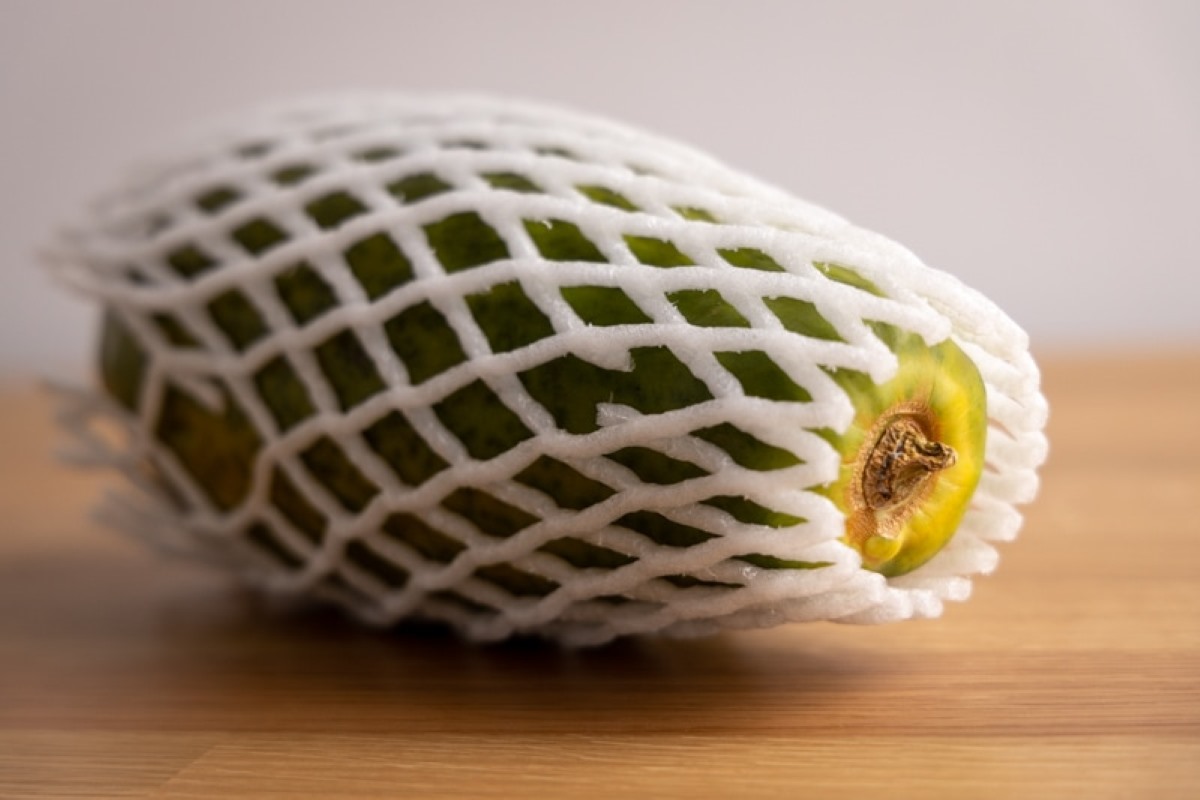

Articles
How To Store A Papaya
Modified: December 7, 2023
Learn the best methods for storing a papaya in this helpful article. Keep your papaya fresh and delicious for longer with these easy storage tips.
(Many of the links in this article redirect to a specific reviewed product. Your purchase of these products through affiliate links helps to generate commission for Storables.com, at no extra cost. Learn more)
Introduction
Welcome to the world of papayas! Known for their vibrant color, distinct flavor, and impressive nutritional profile, papayas are a delightful tropical fruit that have gained popularity worldwide. Whether enjoyed fresh, blended into smoothies, or used in various recipes, papayas are a versatile fruit that can be incorporated into a variety of dishes.
In this article, we will explore the art of storing papayas to ensure their freshness and maximize their shelf life. We will cover everything from selecting a ripe papaya to the different methods of storage, as well as provide valuable tips for maintaining their freshness. So, let’s dive in and learn how to store a papaya effectively and enjoy this delicious fruit whenever we desire.
Key Takeaways:
- Properly selecting and preparing ripe papayas before storage is crucial for maintaining their freshness and flavor. Remember to consider external appearance, texture, fragrance, and thorough washing and peeling.
- Utilize various storage methods such as refrigeration, freezing, canning, and dehydrating to extend the shelf life of papayas. Implement wrapping, temperature control, and ethylene exposure avoidance for optimal freshness.
Read more: How To Store Papaya
Understanding the Papaya Fruit
Before we delve into the storage techniques, let’s take a moment to understand the papaya fruit. Native to tropical regions, papayas are pear-shaped fruits with a thin outer skin that ranges in color from green to yellow-orange. The flesh of a papaya is juicy, with a vibrant orange hue and a sweet, tropical flavor.
Papayas are not only delicious but also packed with essential nutrients. They are a rich source of vitamins, including vitamin C, vitamin A, and folate. These vitamins play a crucial role in maintaining a healthy immune system, supporting vision health, and promoting the growth and development of cells in the body.
Furthermore, papayas are also an excellent source of dietary fiber, which aids in digestion and helps maintain a healthy digestive system. Additionally, they contain an enzyme called papain, which can help break down proteins and aid in the digestion of meat.
The combination of these nutrients makes the papaya a great addition to a balanced diet, offering numerous health benefits. So, not only are papayas a delicious tropical fruit, but they also provide a nutritional punch that makes them worth incorporating into your diet.
Selecting a Ripe Papaya
When it comes to storing papayas, selecting a ripe fruit is the first step towards ensuring its freshness and longevity. Here are some key factors to consider when selecting a ripe papaya:
External Appearance and Color:
Inspect the papaya’s skin to determine its ripeness. A ripe papaya will have a yellow-orange color, indicating that it is fully matured. Avoid papayas with green skin, as they are underripe and may not have reached their full flavor potential.
Texture and Firmness:
Gently press the papaya with your palm to check its firmness. A ripe papaya will give slightly when pressed and should feel soft to the touch. However, it should not be overly mushy or have any bruises or blemishes, as these may indicate it is overripe or damaged.
Read more: How To Store Cut Papaya
Fragrance:
Give the papaya a sniff to determine its aroma. A ripe papaya will have a sweet, tropical fragrance, signaling that it is ready to be enjoyed. If the papaya lacks a distinct scent or has a sour odor, it may not be fully ripe.
By considering these factors when selecting a papaya, you can ensure that you are starting the storage process with a fruit that is at the peak of its flavor and freshness. Remember that a ripe papaya is more likely to store well and maintain its quality for a longer period of time.
Preparing the Papaya for Storage
Once you have selected a ripe papaya, the next step is to prepare it for storage. Proper preparation ensures that the papaya remains fresh and ready to be enjoyed whenever you desire. Here are two essential steps for preparing a papaya for storage:
Washing the Papaya:
Before storing a papaya, it is important to wash it thoroughly to remove any dirt, debris, or bacteria on the skin. Start by rinsing the papaya under cool running water, gently rubbing the surface to remove any dirt or residue. This will help prevent any contamination during storage.
Peeling and Seed Removal:
If you plan to store papaya slices or cubes, it is best to peel the fruit and remove the seeds. Use a sharp knife to carefully cut off the top and bottom of the papaya. Then, stand the papaya upright and vertically cut away the skin in long, downward strokes, following the curve of the fruit.
Once the skin is removed, slice the papaya in half lengthwise and scoop out the seeds with a spoon. Papaya seeds are edible, and many people enjoy them for their peppery flavor, but removing them allows for easier storage and use later on.
After washing, peeling, and removing the seeds, your papaya is now ready to be stored using different methods depending on your preference and the duration of storage. Properly preparing the papaya ensures that it stays fresh and maintains its quality for an extended period of time.
Read more: How To Store Papaya Seeds
Different Methods of Storing Papaya
Now that you have prepared your papaya, let’s explore the various methods of storing it to extend its shelf life. Below are four commonly used methods for storing papayas:
Refrigeration:
Refrigeration is one of the most effective methods for storing papayas. Place the washed and peeled papaya in a resealable plastic bag or an airtight container to protect it from moisture loss and odors. Store it in the refrigerator at a temperature of around 45°F to 50°F (7°C to 10°C). Properly stored, papayas can last up to a week in the refrigerator.
Freezing:
If you want to store papayas for an extended period, freezing is a fantastic option. Start by cutting the papaya into slices, cubes, or chunks, depending on your preference. Place the pieces on a baking sheet lined with parchment paper and freeze them until they are firm. Once frozen, transfer the papaya pieces into a freezer-safe bag or airtight container. Frozen papayas can be stored for up to 8 months. However, keep in mind that the texture may change slightly after thawing.
Canning:
Canning is a method that allows you to store papayas in a preserved form for an extended period. Start by peeling and removing the seeds from the papaya. Cut the papaya into desired pieces and pack them into sterilized glass canning jars. Prepare a simple syrup by dissolving sugar in water, and pour it over the papaya in the jars, leaving some headspace. Process the jars in a water bath canner according to canning guidelines. Canned papayas can last for up to a year when stored in a cool, dark place.
Read more: How To Grow Papaya Seeds
Dehydrating:
Dehydrating is another way to store papayas long-term while preserving their flavor and nutritional value. Slice the papaya into thin, uniform pieces and arrange them on a dehydrator tray. Dry the papaya slices at a low temperature until they become crisp and brittle. Once fully dehydrated, store the papaya in an airtight container in a cool, dry place. Dehydrated papayas can last for several months.
By choosing the right storage method for your needs, you can enjoy fresh and flavorful papayas even when they are out of season.
Tips for Maintaining Papaya Freshness
To ensure the longevity and freshness of your stored papayas, it’s essential to follow certain guidelines. Here are some valuable tips for maintaining the freshness of your papayas:
Wrapping and Packaging:
When storing papayas, it’s important to wrap them properly to prevent moisture loss and protect them from absorbing odors. You can use plastic wrap or place the papayas in resealable plastic bags to create a sealed environment. This will help maintain the papaya’s moisture content and prevent it from drying out.
Temperature and Humidity Control:
Papayas thrive in a slightly cool and humid environment. When storing papayas in the refrigerator, ensure that the temperature is set between 45°F to 50°F (7°C to 10°C) to maintain the fruit’s freshness. Additionally, you can place a damp cloth or paper towel in the storage container to create a humid environment, which will help prevent the papaya from drying out.
Read more: How Much Papaya Seeds For Parasites
Avoiding Ethylene Exposure:
Ethylene is a natural ripening agent produced by fruits, including papayas. While this gas is beneficial for ripening, it can also accelerate the degradation process and cause spoilage. To avoid ethylene exposure, store papayas separately from other ethylene-producing fruits, such as apples, bananas, and tomatoes. This will help prevent premature ripening and prolong the shelf life of your papayas.
By following these tips, you can ensure that your stored papayas remain fresh, delicious, and ready to be enjoyed whenever you desire. Proper wrapping, temperature control, and avoiding ethylene exposure are key factors in maintaining the quality and taste of your papayas over time.
Conclusion
Storing papayas properly is essential to maintain their freshness, flavor, and nutritional value. By following the guidelines outlined in this article, you can ensure that your papayas stay fresh and ready to enjoy for an extended period.
Remember to select a ripe papaya by examining its exterior appearance, texture, and fragrance. Properly preparing the papaya by washing, peeling, and removing the seeds is crucial before storage.
When it comes to storage, you have several options. Refrigeration is ideal for short-term storage, while freezing allows you to enjoy papayas for longer durations. Canning and dehydrating offer excellent preservation methods for year-round enjoyment.
To maintain the freshness of your stored papayas, make sure to wrap and package them properly to prevent moisture loss and odors. Control the temperature and humidity to mimic the papaya’s natural habitat. Lastly, avoid exposing papayas to ethylene-producing fruits to prevent premature ripening.
By implementing these tips, you can prolong the shelf life of your papayas while retaining their delicious taste and nutritional benefits. So, the next time you bring home a batch of ripe papayas, put these storage techniques into practice and enjoy the flavors of this tropical fruit whenever you desire.
Frequently Asked Questions about How To Store A Papaya
Was this page helpful?
At Storables.com, we guarantee accurate and reliable information. Our content, validated by Expert Board Contributors, is crafted following stringent Editorial Policies. We're committed to providing you with well-researched, expert-backed insights for all your informational needs.
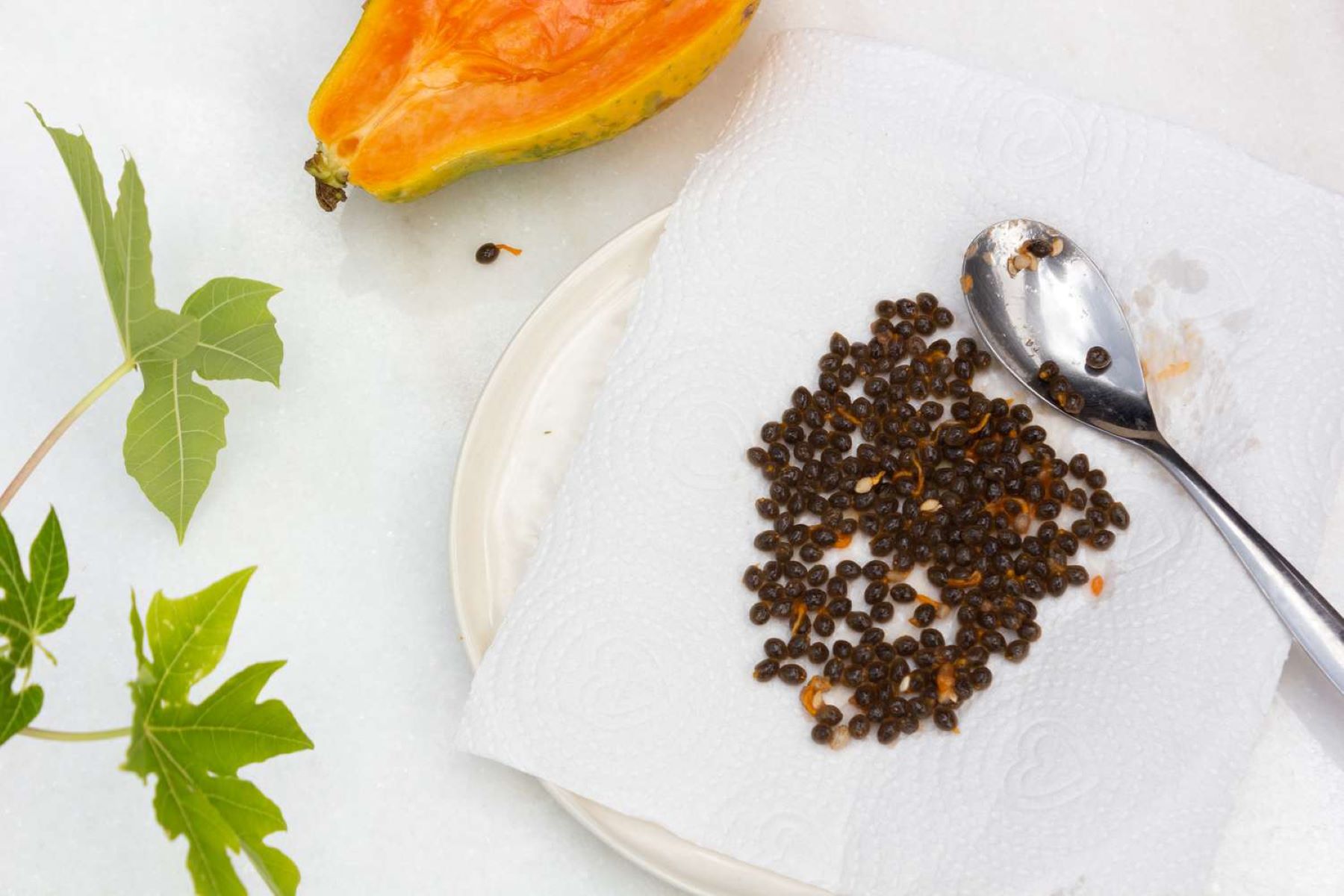
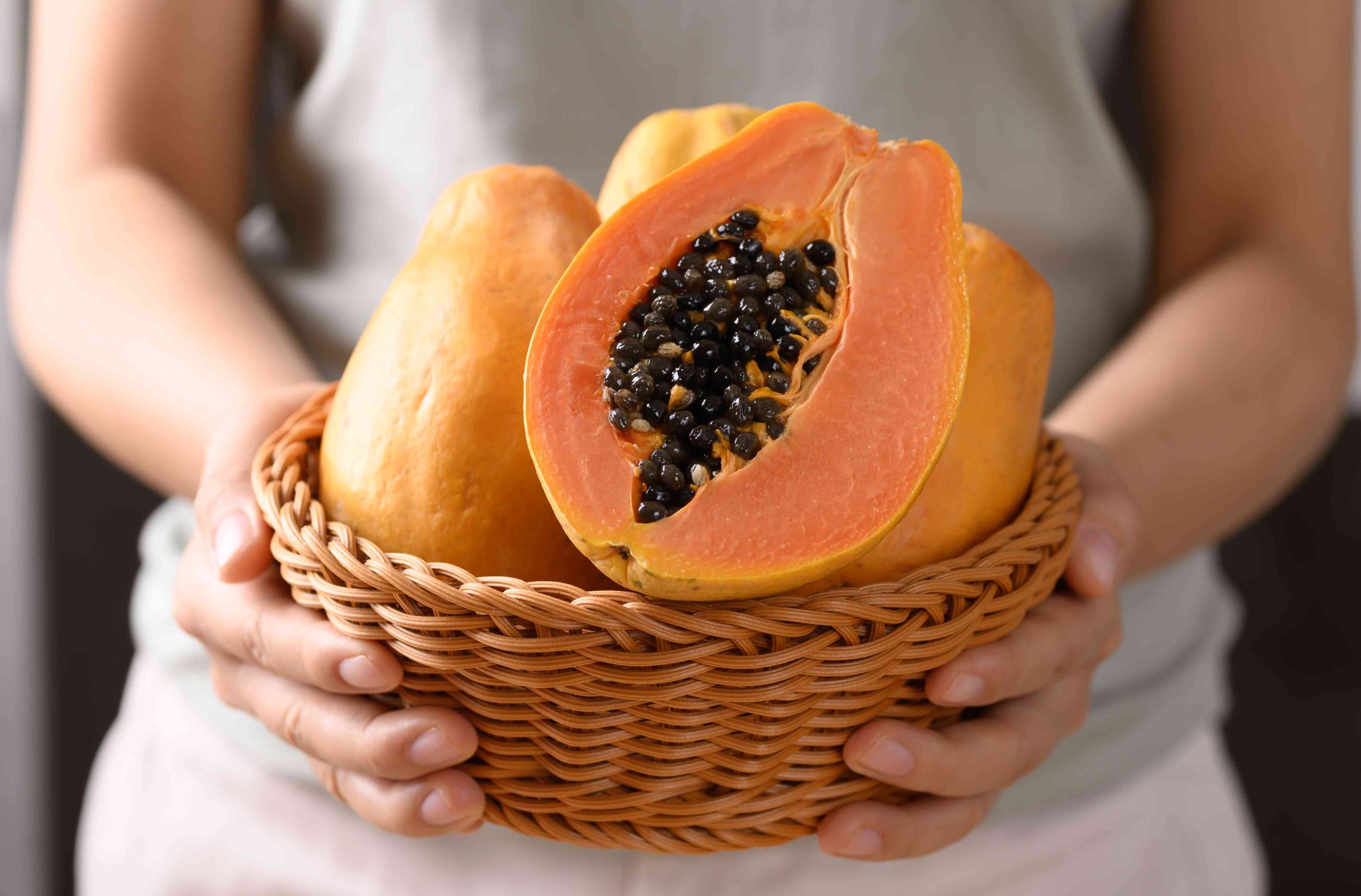
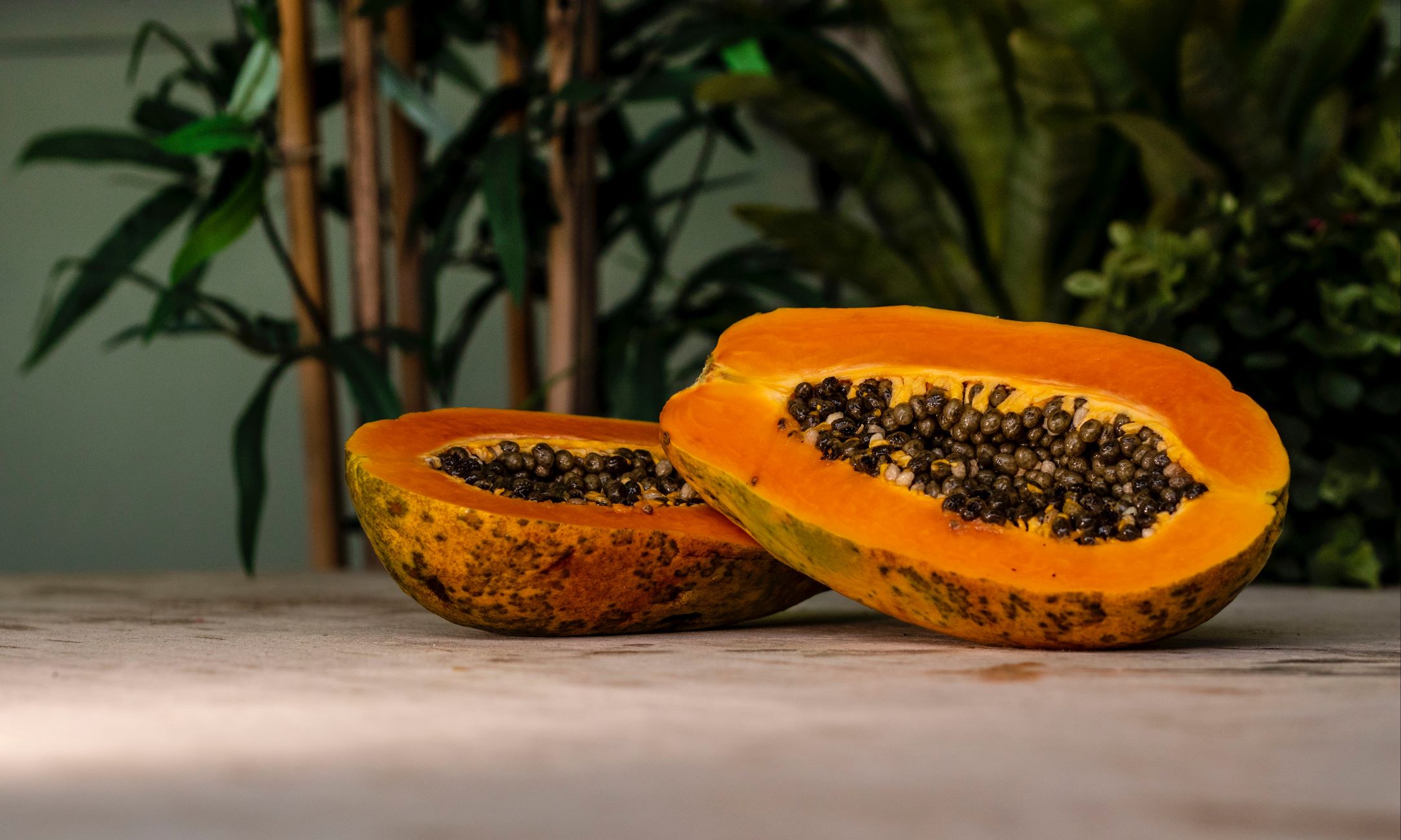
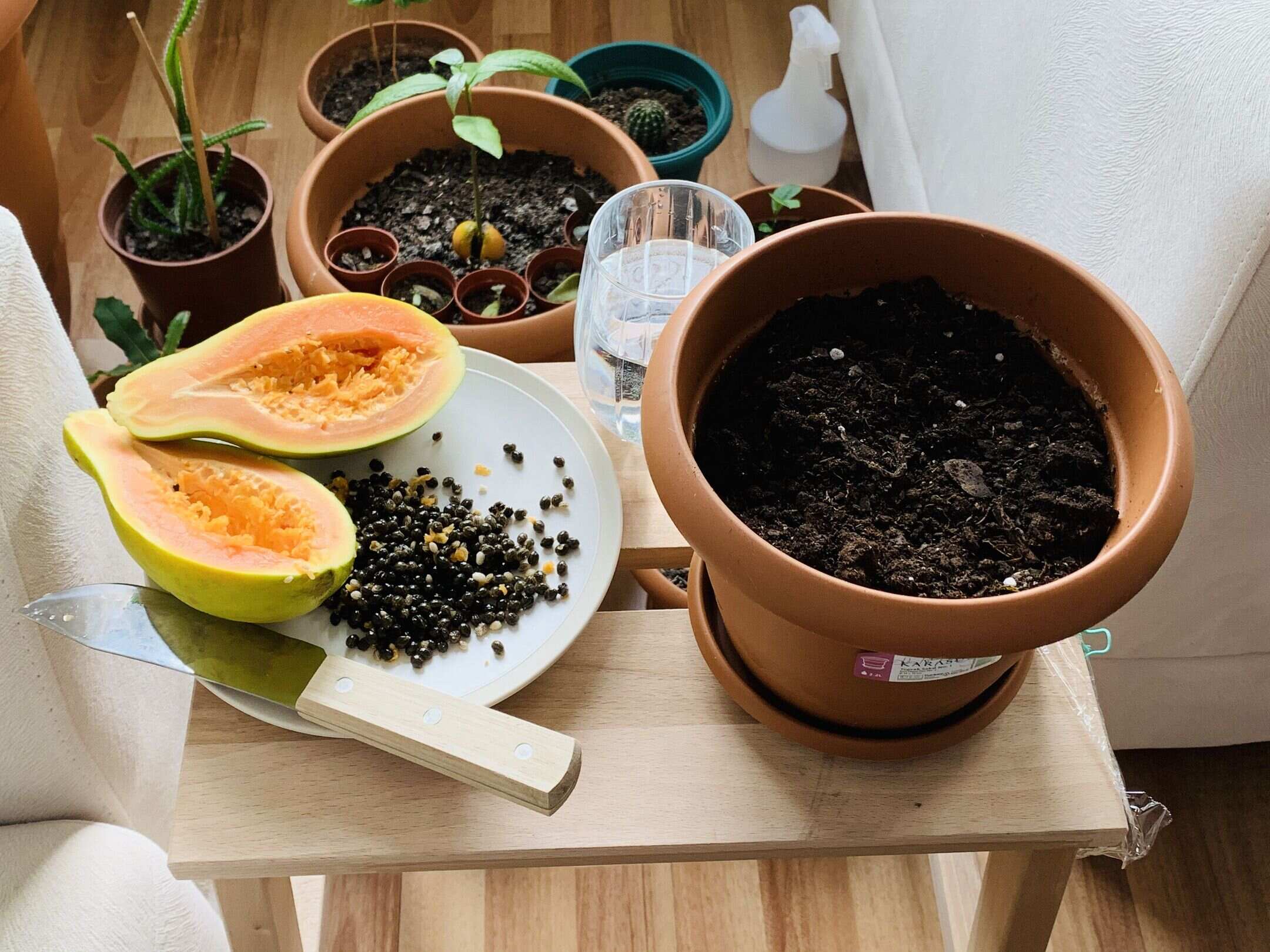
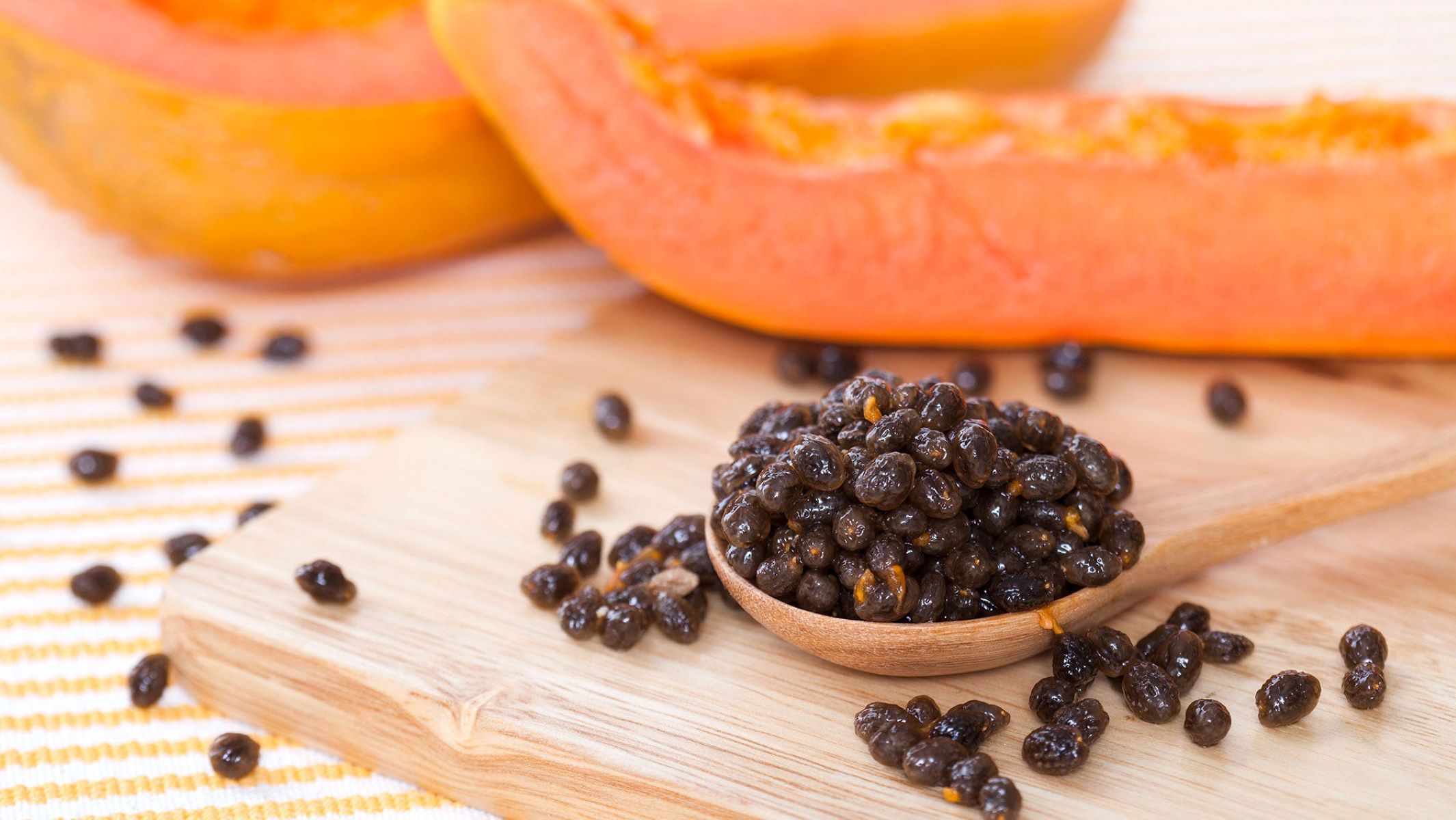
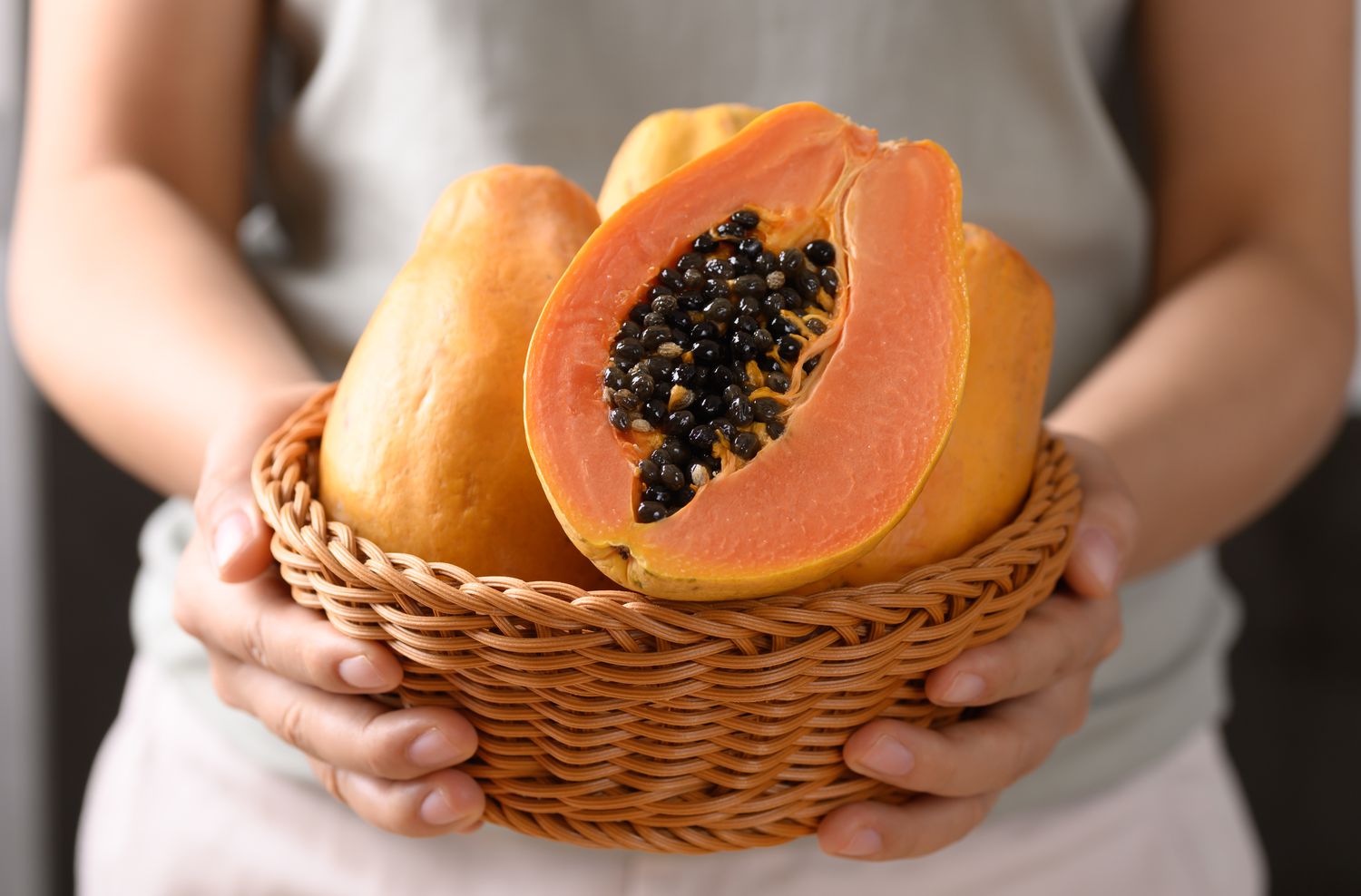
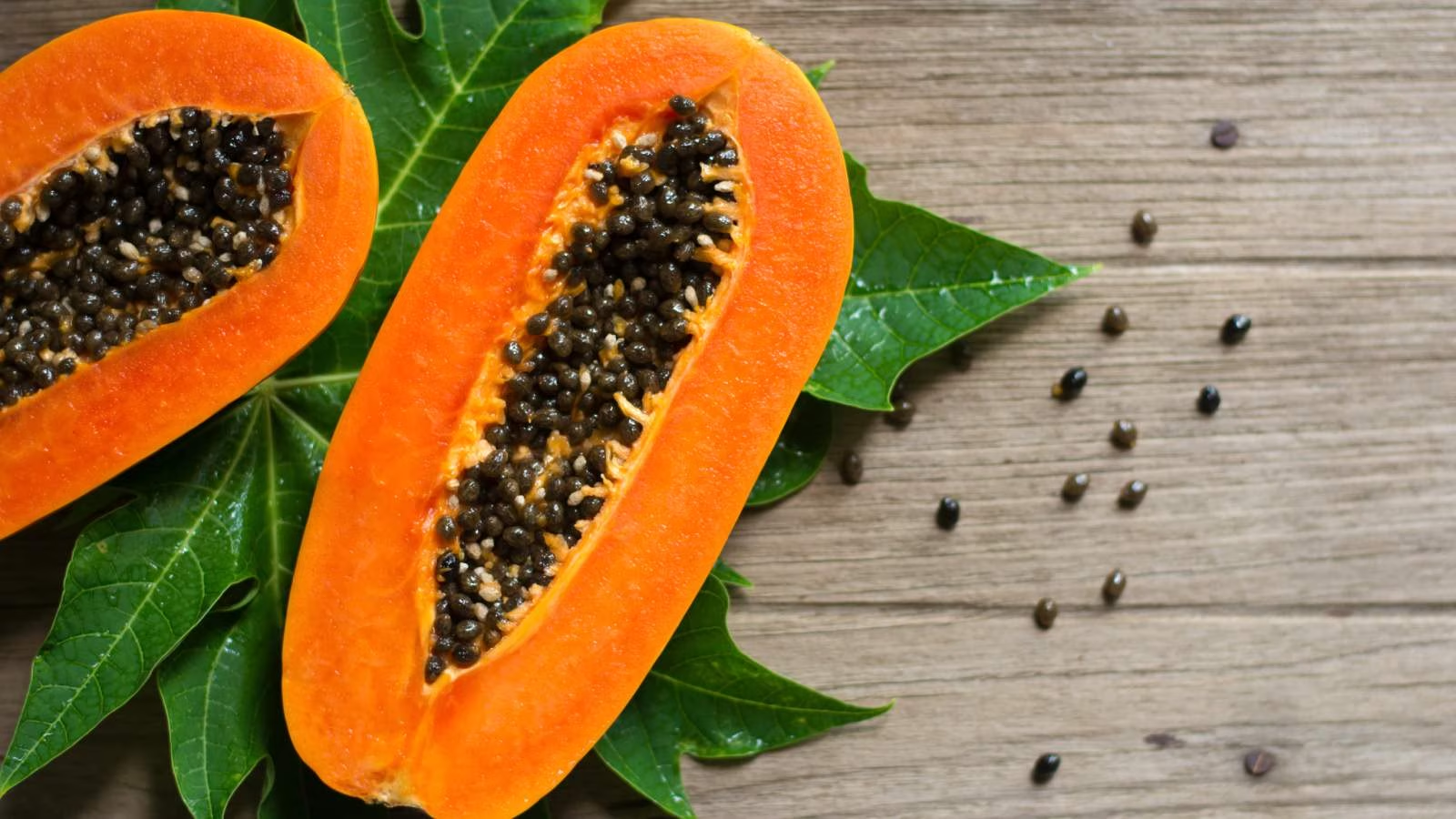
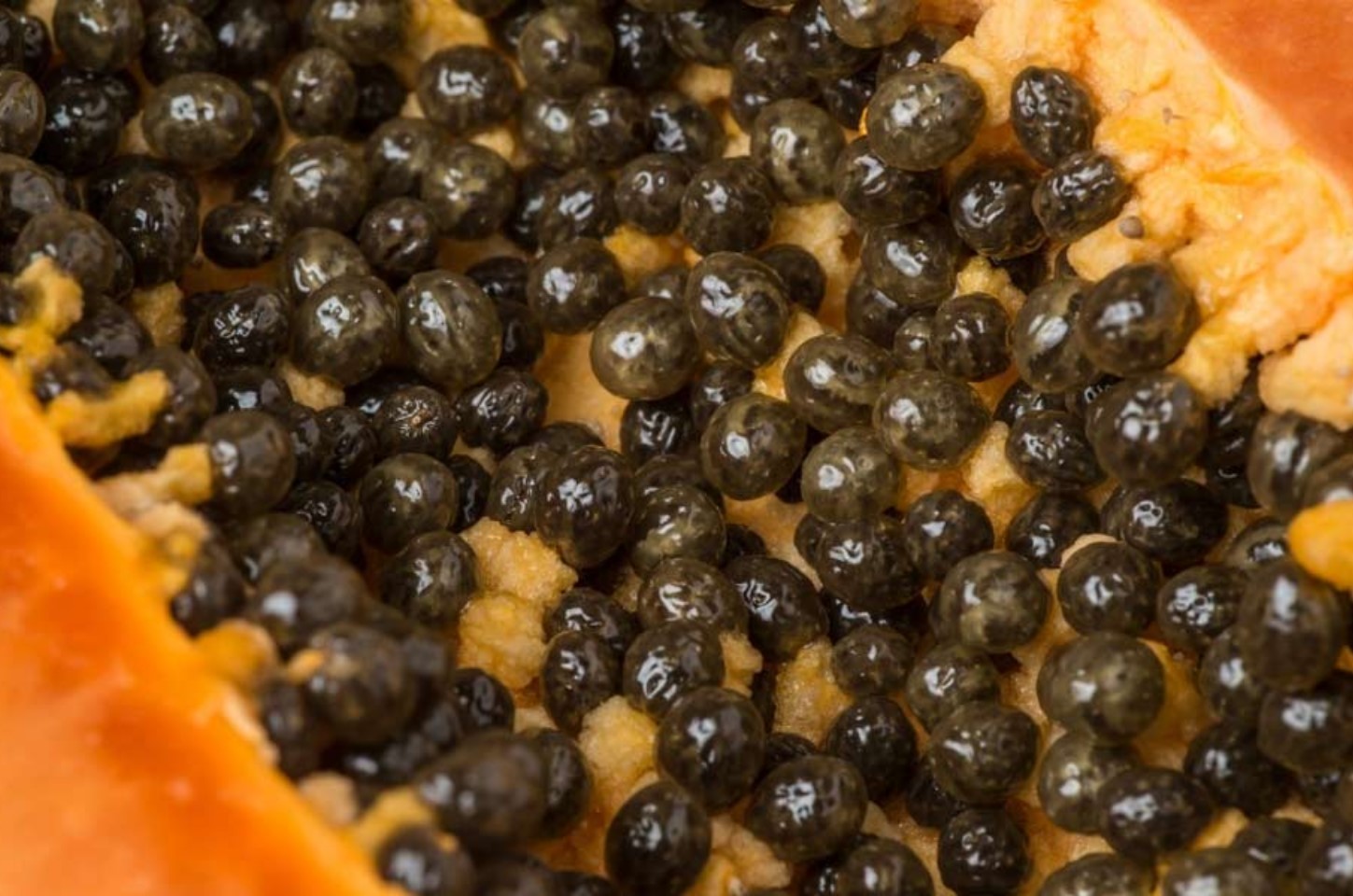
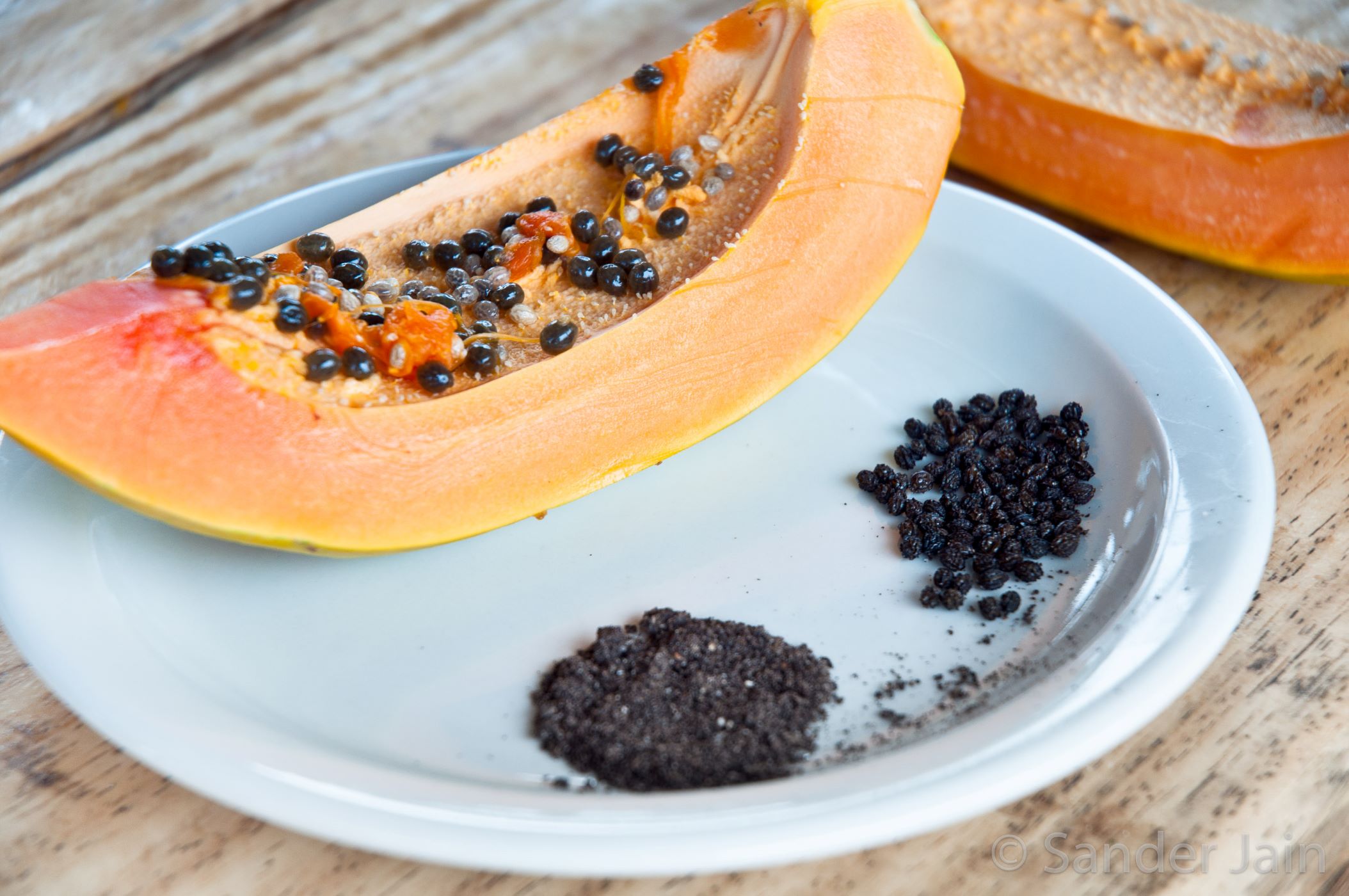



0 thoughts on “How To Store A Papaya”